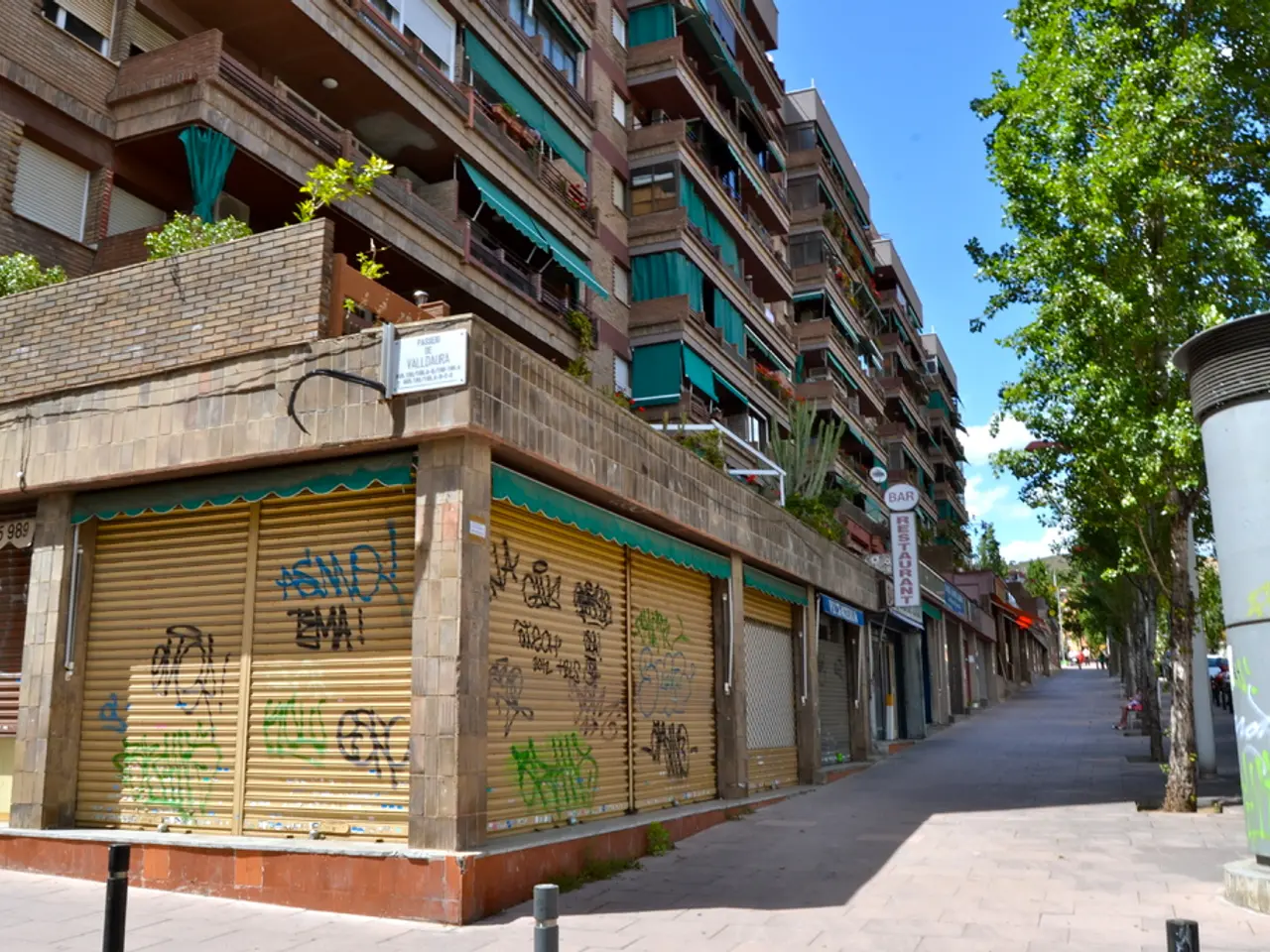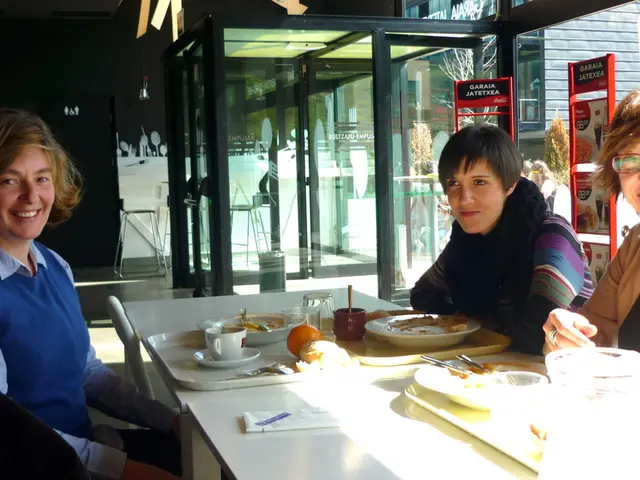Caserta Palace: A Symbol of Romance and Aesthetic Grace
The Royal Palace of Caserta: A Grandiose Masterpiece Rivaling Versailles
Nestled in the heart of Italy, the Royal Palace of Caserta is a testament to the opulence and grandeur of the Bourbon kings of Naples. Built by renowned architect Luigi Vanvitelli, this majestic palace was commissioned by King Charles, for his wife Queen Maria Amalia of Saxony, in an attempt to surpass the splendour of Versailles.
The palace, boasting 1200 luxurious rooms, is a veritable treasure trove of Baroque and Rococo art. Its interior and exterior decoration include green, white, red, and black marble, sculptural ensembles, and vibrant frescoes adorning high ceilings. The Vanvitelli staircase, a multi-level indoor staircase, is a significant feature of the palace, leading visitors through the grand halls to explore its many wonders.
The palace's park, spanning over 170 hectares, consists of two parts: an area with fountains and an English-style landscape garden. The sight of the palace's artificial fountains and waterfalls, including the impressive Great Cascade, which springs from an 82-meter high aqueduct, is truly unforgettable. Sculptures of Diana, Actaeon, Venus, Adonis, and dolphins can be found throughout the park, adding to its mythological allure.
Visitors can take a tour of the rooms, which can take more than an hour, to fully appreciate the palace's grandeur. The large library, established by Maria Carolina, who was married to King Ferdinand I, houses over 12,000 volumes. The hexagonal tower, known as Castelluccia, was used by the king to rest after the hunt.
The Royal Palace of Caserta has been used as a filming location for various US blockbusters, including "Star Wars Episode 1", "The Da Vinci Code", "Angels and Demons", "Lady Hamilton", and "Mission Impossible". Another famous resident of the palace was Carolina Bonaparte, wife of Joachim Murat, who served as the model for the sculpture of the ancient Greek goddess of justice in the Hall of Astraea.
Maria Amalia of Saxony, who married at the age of 14, was not only Charles' great love but also his supporter. She was instrumental in the construction of the palace in Caserta and the establishment of porcelain production in Naples. However, she never lived to see the completion of the palace, as she died of tuberculosis at the age of 36.
Today, the Royal Palace of Caserta stands as a UNESCO World Heritage Site, a testament to the grandeur and ambition of the Bourbon kings and a must-visit destination for anyone seeking a taste of Italy's rich history and culture. Visitors can use small buses for the return journey or go up and down to enjoy the spectacle of the fountains and waterfalls, making each visit a unique and memorable experience.
Read also:
- Prolonged combat for Gaza City forewarned by Israeli military forces
- Seven Suggestions for Outdoor Games mirroring Seasonal Transition in accordance with Nature's Progression
- Municipality of Cuneo received an invitation from the ACLI, proposing a Peace Advisor for their jurisdiction.
- Beach Reading Invitation: Möwe Elli extends an invitation to enjoy a day of reading at the beach








